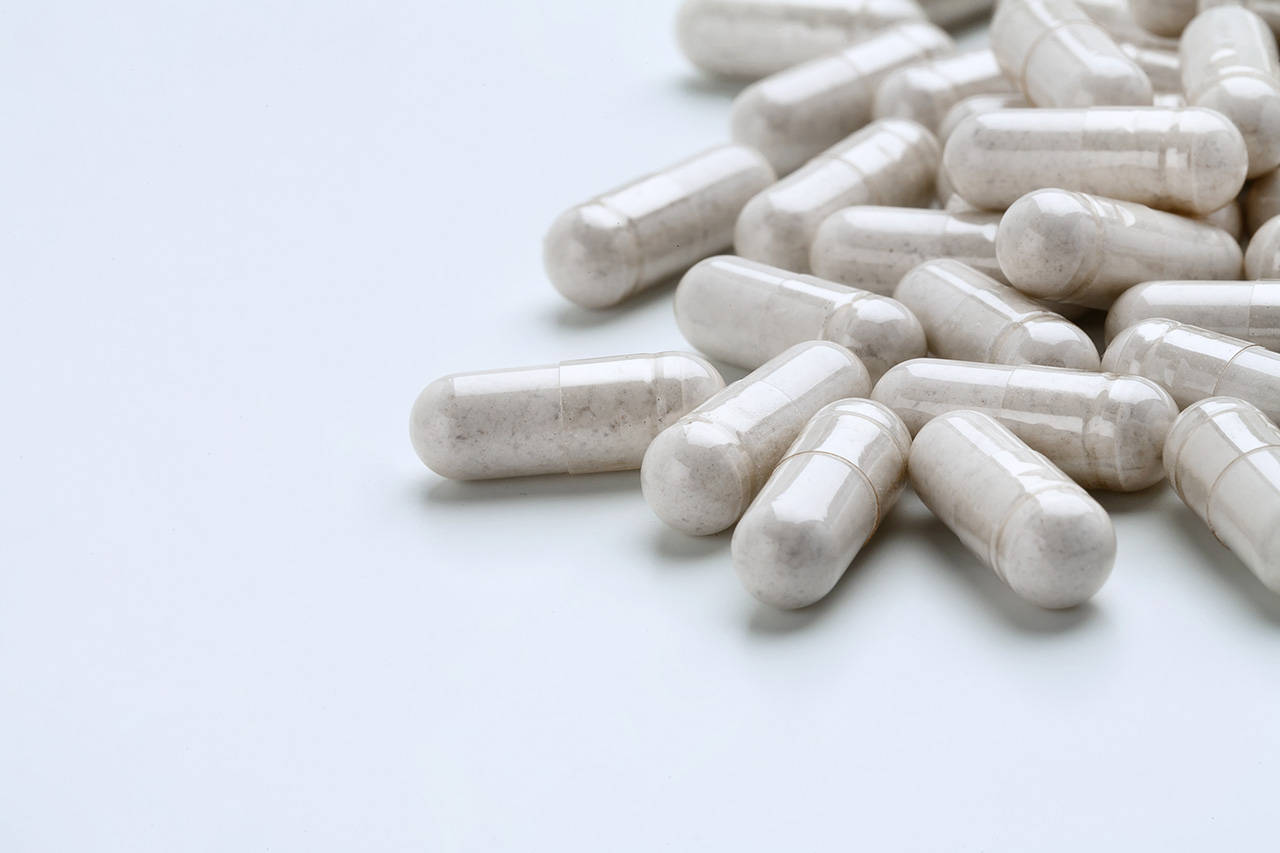HEALTH
Probiotics: Resetting the Balance
The intestinal tract is the organ in the body that digests and absorbs food. It is populated by trillions of bacteria that are required for keeping the body healthy. These bacteria can be affected by a number of aspects and when this occurs, probiotics can help to reset the balance. Pamela Kokoszka finds out more
While many bacteria are harmless, others maintain your health. “Probiotics are bacteria that have beneficial properties to humans’ says Matthew L. Mintz, MD, clinical associate professor of medicine at the George Washington University School of Medicine. “They live naturally in or on our bodies and can help maintain health and prevent damage."
They are often referred to as ‘good’ or ‘friendly’ bacteria as they restore the balance in our guts by ‘out-competing’ the bad bacteria for food and resources. Probiotics help protect the body against harmful organisms and undesirable bacteria species by establishing stable colonies.
Some probiotic strains influence pH levels inside the gut, which helps to create a favourable digestive environment. Others help metabolize certain foods that would otherwise go undigested, by breaking down these foods into bioavailable forms. This allows the body to absorb vitamins and nutrients that may otherwise go unused.
Probiotics also help offset the bacterial imbalance caused by taking antibiotics, which can sometimes kill the ‘good’ bacteria.
Types of probiotics : identifying the strains
As the investigation into probiotics continues, researchers are better able to identify different organisms and their potential benefits. The scientific names – along with their genus and species classifications – are rarely used, and instead, they are referred to as probiotics.
The most common probiotics include Lactobacillus and Bifidobacterium. These differ as they are made up of different types or strains of bacteria and are recommended for different clinical conditions.
Lactobacillus strains are a significant part of a healthy person’s microbiota. Species in this grouping all create lactic acid by metabolizing sugars in the body. This increased acidity creates an unfriendly environment for harmful organisms, helps cleanse and detox the digestive system of toxins and waste. Lactobacillus probiotics can be found in foods such as yoghurt, pickles, beer and sourdough bread.
Bifidobacterium strains are found in the mouth, throughout the digestive tract, and make up the largest proportion of the bacterial flora in the colon. They play a vital role in breaking down and utilizing carbohydrates. Foods containing Bifidobacterium include infant formulas, kimchi, and certain kinds of cheese.
Lactobacillus and Bifidobacterium probiotics are abbreviated with an L. or B. on ingredient or nutrition labels.

Dietary requirements: where can they be found?
Many strains of probiotics are naturally present in a healthy, diverse diet rich in fermented foods and drinks, pickled foods, and cultured dairy products. According to Mintz these include yoghurts, kombucha tea, sauerkraut, milk, and even chocolate. However, each of these foods requires bacteria to transform them into probiotic powerhouses.
Some healthy people are able to attain enough probiotics just from their diet; however, you might not be getting as many probiotics from these products as you think. Mintz said: “Yoghurt is a commonly-used source of probiotics, but some yoghurt preparations are pasteurized, which kills these healthy bacteria. Yoghurt also contains lactose, so people who have stomach issues could get worse rather than better if they are lactose intolerant.”
Yoghurt is a commonly-used source of probiotics, but some yoghurt preparations are pasteurized, which kills these healthy bacteria
Another source of probiotics are supplements, which are widely available on the market. However, according to a senior dietician, Helen Barrett at Dorset HealthCare University, NHS Foundation Fund, the difficulty with supplements is that the tablet is dry. “If the tablet is dry, that bacteria is not active, in order to activate it the tablet need to be rehydrated” she says. However, in order to rehydrate the tablet you have to swallow it which “rehydrates the stomach acid, which actually has a potential to damage the bacteria and potentially kill it, which means a lot of the tablets might not work as well as they should.”
Barrett suggests that if you do opt for supplements, you need to pay attention to the dosage. “Quite often the dosage is not accurate as supplements manufacturers do not know how many bacteria’s will actually reach the gut” she comments.
Studies on probiotics have shown the greatest benefits at doses over 1 billion colony-forming units (CFUs) per serving. Registered nutritionist Rob Hopson said: “Different probiotics require different storage methods. Some need to be refrigerated whereas others can happily sit at room temperature so just check when you buy. Shelf life will also differ depending on the brand too.”
It is also important to consider shelf life. Hopson said: “Once the expiry date is passed, quite simply there’s unlikely to be any live bacteria left in the product.” According to Hopson, the best time to take probiotics is during the morning. “Some probiotics can be taken with food, but it depends on the type of probiotic you’re using. Many are better taken on an empty stomach so usually, first thing in the morning would be the ideal time."
However, Hopson recommends staying away from hot drinks before and after taking probiotics. “Don’t take a probiotic supplement with hot food and drinks such as tea or coffee as this can lessen the chance of the bacteria getting to your gut unharmed. Give it 30 minutes after taking them before you reach for the teapot,” he said.